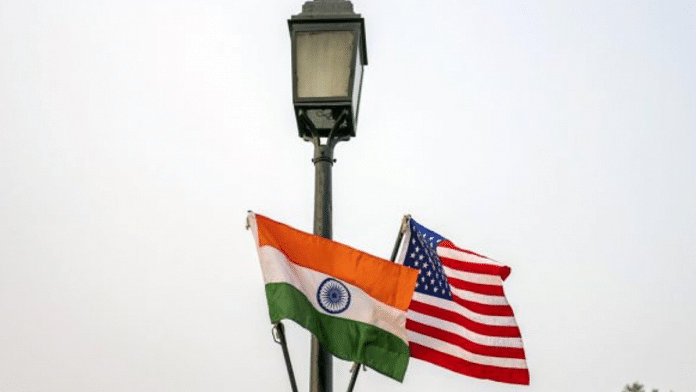Washington: The Biden administration has alleged that US exporters continued to encounter significant tariff and non-tariff barriers that impede the imports of its products into India.
In its annual 2021 National Trade Estimate Report on Foreign Trade Barriers, the US Trade Representative (USTR) said on Wednesday that while the Indian government pursued ongoing economic reform efforts, it also continued to promote programmes like ‘Make in India’ that favour domestic production over importation.
“Additionally, in May 2020, Prime Minister Narendra Modi announced the “Self-Reliant India” (Atmanirbhar Bharat) initiative to increase self-sufficiency by promoting domestic industry and reducing reliance on foreign suppliers,” the USTR said in the India section of the voluminous report running into more than 570 pages.
“The United States has actively sought bilateral and multilateral opportunities to increase access to India’s market,” it said. “Nevertheless, U.S. exporters continue to encounter significant tariff and non-tariff barriers that impede imports of U.S. products into India.”
According to the report, the US goods trade deficit with India was USD 23.8 billion in last year, a 1.7-per-cent increase (USD 389 million) over 2019. The goods exports to India were USD 27.4 billion, down 20.1 per cent (USD 6.9 billion) from the previous year. Imports from India were USD 51.2 billion, down 11.3 per cent.
India was the US’ 12th largest goods export market in 2020.
Exports of services to India were an estimated USD 24.3 billion in 2019 and imports were USD 29.7 billion. Sales of services in India by majority US-owned affiliates were USD 33.1 billion in 2018, while sales of services in the US by majority India-owned firms were USD 18.3 billion, the report said.
“US foreign direct investment in India (stock) was USD 45.9 billion in 2019, a 8.1 percent increase from 2018,” it said, adding that the country’s direct investment in India was led by professional, scientific and technical services, manufacturing and wholesale trade.
The annual report provides a detailed inventory of significant foreign barriers to US exports of goods and services, investment, and e-commerce.
The first report of the Biden Administration said that since 2014, the Indian government promoted the ‘Make in India’ campaign, a drive to build the country’s manufacturing capacity in part by cutting barriers to foreign investment and introducing regulatory reforms.
As part of the campaign to encourage domestic production, India has raised duties on two broad groups — an assortment of labour-intensive products; and electronics and communication devices, including mobile phones, televisions, and associated parts and components, it said.
The report alleged that India’s tariff regime was also characterised by large disparities between the World Trade Organization-bound rates and most-favoured-nation-applied rates.
India’s WTO-bound tariff rate averaged 50.8 per cent, while its applied MFN tariff for 2019 averaged 17.6 per cent.
“India’s bound tariff rates on agricultural products are among the highest in the world, averaging 113.1 percent and ranging as high as 300 percent. Applied agricultural tariff rates are also high, averaging 38.8 percent,” it said.
“While India’s applied tariff rates for certain agricultural products are lower, the rates still present a significant barrier to trade in agricultural goods and processed foods (e.g., poultry, potatoes, citrus, almonds, apples, grapes, canned peaches, chocolate, cookies, frozen French fries and other prepared foods used in quick-service restaurants).
“In addition, while India has bound all agricultural tariff lines in the WTO, nearly 30 percent of India’s non-agricultural tariffs remain unbound,” the report said. -PTI
Also read: Pakistan to import sugar, cotton from India after nearly two-year ban






